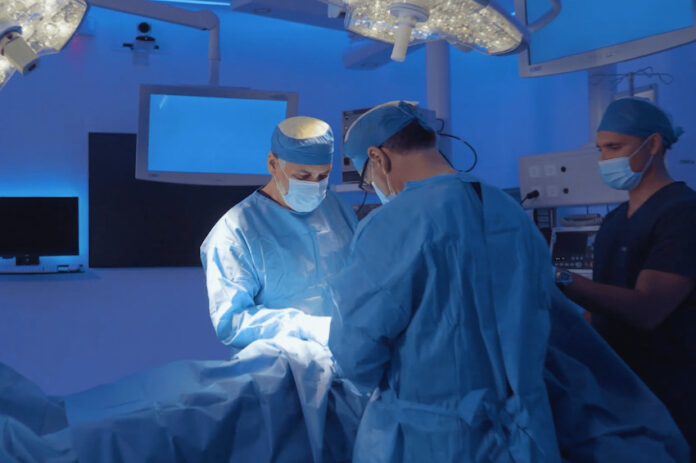I’ve spent a lot of time in hospitals over the years — usually as a visitor, sometimes as a patient and increasingly as a journalist. But I wasn’t expecting to be floored by the level of luxury, innovation and hospitality I saw on a recent tour through some of Tijuana’s leading medical tourism and healthcare facilities.
As I walked through a private recovery suite, sampled gourmet snacks from an on-site kitchen and took a peek at a hyper-efficient technology system that incorporates 21st-century tools like the Cloud and AI, one thing became crystal clear: Tijuana is raising the bar for global medical care. And patients from around the world, especially the United States, are taking notice.
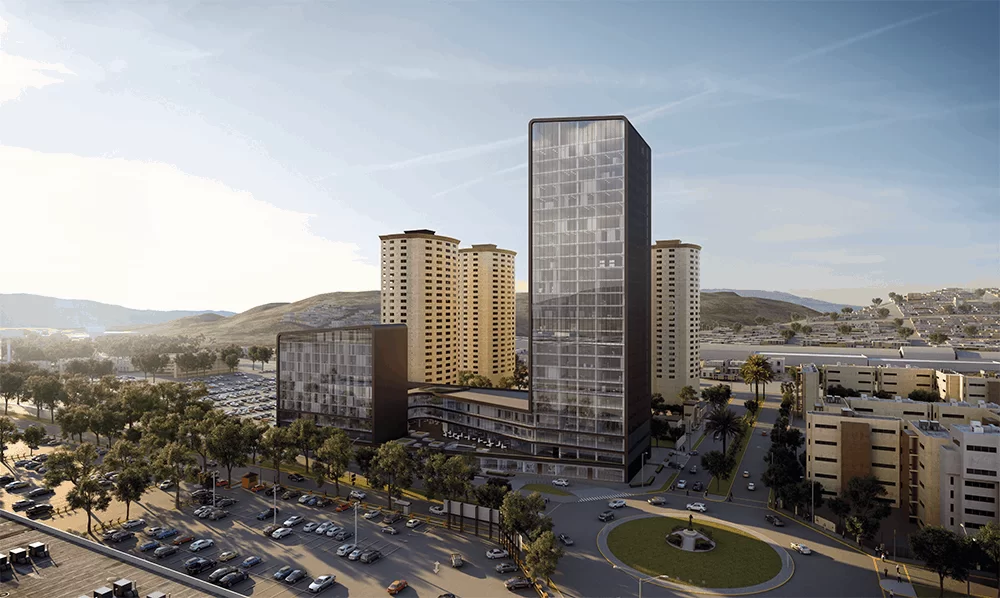
A growing industry
Medical tourism isn’t new to Mexico, but it’s never looked quite like this.
According to the Global Wellness Institute, the global wellness economy hit US $4.4 trillion in 2020, and wellness tourism accounted for $436 billion of that. On the U.S. side of the border, the healthcare industry alone was valued at $808 billion in 2021, based on data from the International Institute of Market Metrics (IIMM). So it’s no surprise that Americans are increasingly seeking more affordable alternatives — and often, better service — just a short flight or drive away.
Mexico is the second most popular destination for medical tourism globally, drawing in an estimated 1.4 to 3 million international patients in 2020, according to Patients Beyond Borders. Their analysis found that Americans can save between 40% and 60% on major procedures here, from dental implants and bariatric surgery to fertility treatments and stem cell therapy.
And for many patients, that journey starts in Tijuana.
Located just across the U.S. border from San Diego, Tijuana has emerged as one of the most visited cities in the world for medical tourism. Its proximity to California, coupled with modern facilities and significantly lower costs, has made it a viable option for everything from dental implants and bariatric surgery to fertility treatments and cosmetic procedures.
Cyntar: Integrating technology with recovery
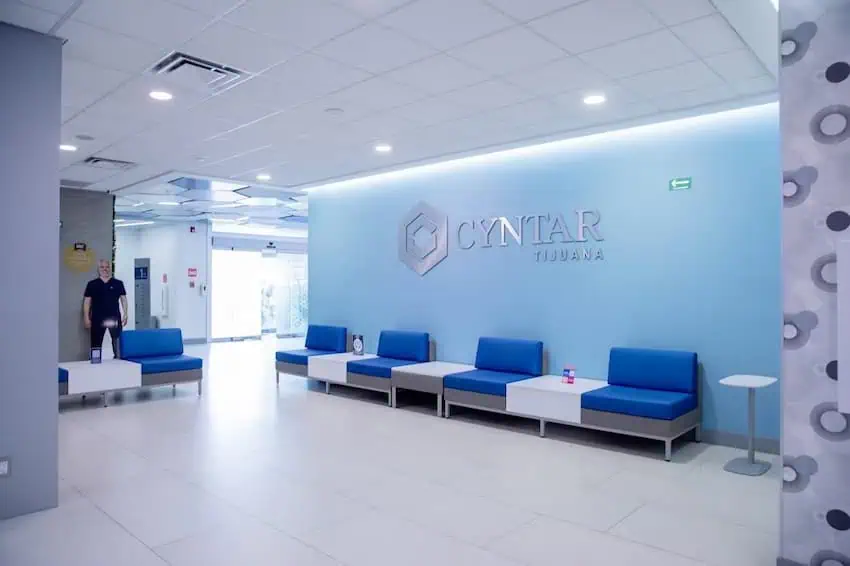
Among the more specialized facilities in Tijuana is Cyntar Hospital. This facility emphasizes technological integration with patient care and recovery, providing a series of 360° Recovery Rooms.
These rooms are equipped with customizable environmental controls and in-room monitoring technology that allows for continuous tracking of vital signs. According to Dr. Ariel Ortíz, CEO and Founder of the Hospital Center Tijuana, most patients go home within a day of their procedure and are monitored from the comfort of their own home via a digital, remote monitoring device. This allows doctors to keep a check on their patients in real-time, while their patients are recovering in their own beds.
The hospital also features designated areas designed to allow for more private interaction between patients and medical professionals — a shift away from more traditional open-ward systems. Cyntar offers a range of specialties, including minimally invasive general surgery, interventional cardiology, gynecology, orthopedics, urology, ENT and gastrointestinal diagnostics.
The hospital is also accredited by Joint Commission International, similar to U.S. medical centers like Princeton University Healthcare, New York University, University of California, San Diego, UCLA, Washington University, Mount Sinai Hospital and George Washington University.
NewCity Medical Plaza
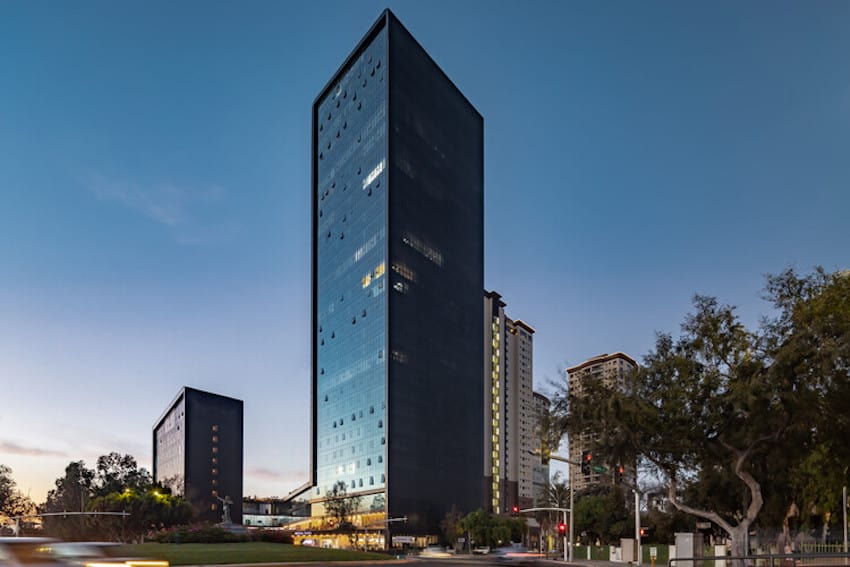
Another prominent complex is NewCity Medical Plaza, a multi-use development that combines healthcare services with hospitality, dining and retail. The concept is designed around providing all-in-one access for patients and their companions, from surgery to post-op recovery and leisure.
Located about three minutes from the San Diego border, NewCity includes a full-service hospital, radiology and lab services, more than 30 medical specialties and what it markets as Tijuana’s only five-star wellness hotel. Patients undergoing outpatient or elective procedures can recover in the hotel while remaining close to medical support.
Among its four flagship clinics are:
- Hairfax, specializing in hair restoration;
- ProgenCell, offering stem cell therapies;
- The Fertility Center by IMI, which focuses on reproductive health and IVF;
- The Dental District offers general and cosmetic dental care.
The complex also includes a dining plaza featuring local cuisine and wines from Baja California’s Valle de Guadalupe, a beauty salon, clothing retailers and family-friendly events. While these amenities are not part of the medical services themselves, they aim to make the experience more appealing for both patients and their families.
Considerations for medical travelers
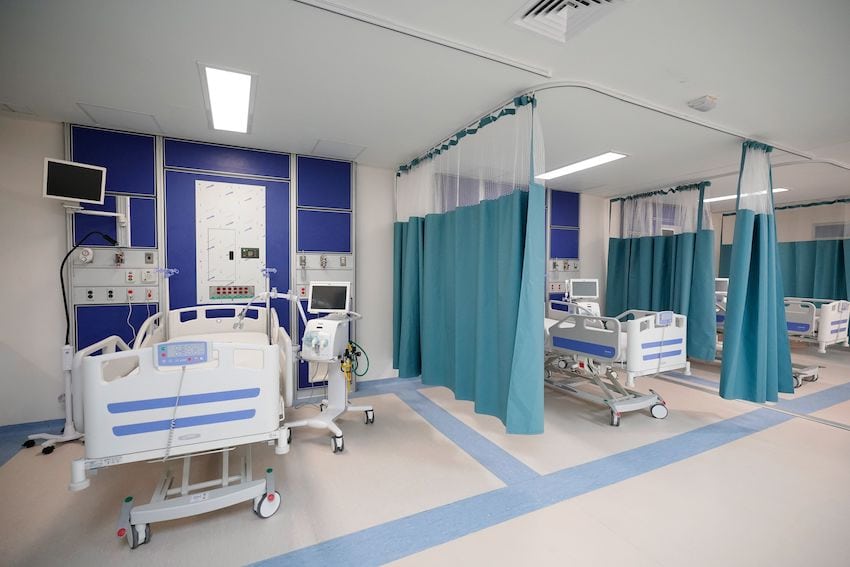
Tijuana’s expanding medical tourism offerings are not without scrutiny. While many clinics cater specifically to international patients and many doctors are certified or trained abroad, standards can vary. Most reputable facilities will provide information about physician licensing, success rates and international affiliations.
For travelers coming from the U.S., logistics are relatively simple. Tijuana is accessible by car, with medical facilities often providing medical transportation services to and from San Diego. The Cross Border Xpress (CBX) terminal allows foot traffic directly from the Tijuana airport into Southern California.
As healthcare costs remain a barrier for many Americans, Tijuana continues to position itself as a competitive alternative for a wide range of medical and wellness needs. Its hospitals and clinics have responded by investing in infrastructure, expanding specialties and combining healthcare with hospitality.
The cost savings are significant, and for those who do their homework, Tijuana offers a practical, nearby and sophisticated option for medical care.
Meagan Drillinger is a New York native who has spent the past 15 years traveling around and writing about Mexico. While she’s on the road for assignments most of the time, Puerto Vallarta is her home base. Follow her travels on Instagram at @drillinjourneys or through her blog at drillinjourneys.com.
